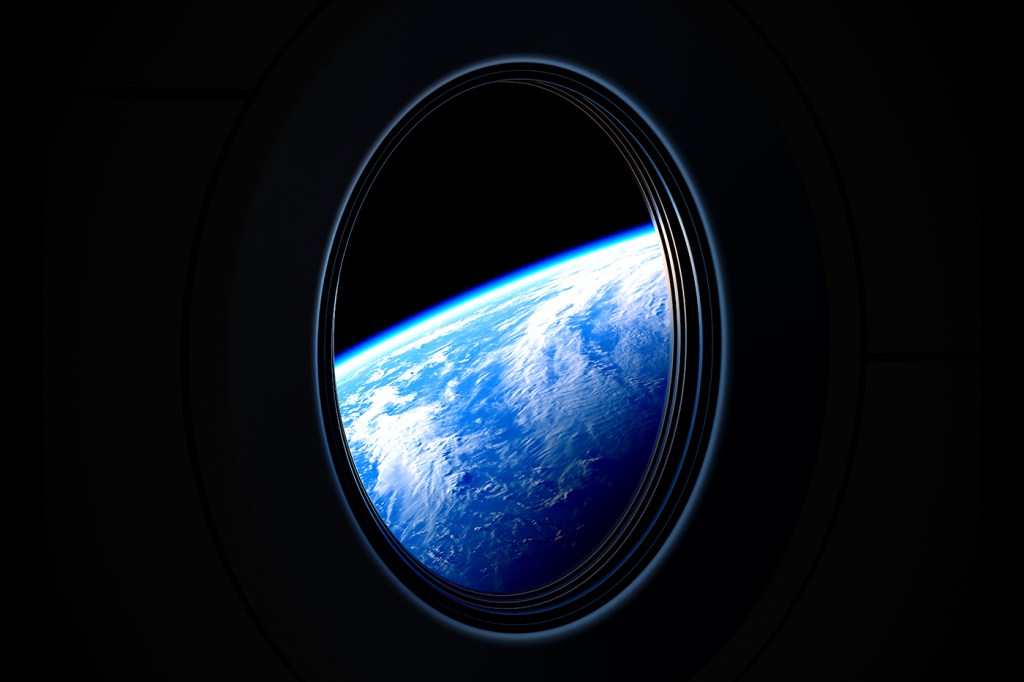
Humanity’s quest to explore—and, perhaps eventually, colonize—outer space has prompted a great many ideas about how precisely to go about it.
While conventional wisdom suggests that space launch via rockets is the best way to send human beings into orbit, other “non-rocket” methods have been proposed, including a futuristic “space elevator.”
The concept of a space elevator—essentially a sky-high cable that would let humans climb into space—has been championed by some industry experts as a way to overcome the astronomical costs associated with sending people and ca...
Read More




![Sample shapes of distant galaxies identified by the James Webb Space Telescope’s Cosmic Evolution Early Release Science (CEERS) survey. [(Credit: NASA, ESA, CSA, STScI, Steve Finkelstein (UT Austin), Micaela Bagley (UT Austin), Rebecca Larson (UT Austin)] Sample shapes of distant galaxies identified by the James Webb Space Telescope’s Cosmic Evolution Early Release Science (CEERS) survey.](https://news.columbia.edu/sites/default/files/styles/cu_crop/public/content/2024/James-Webb-Space-Images.png?itok=mf35V96_)



Recent Comments